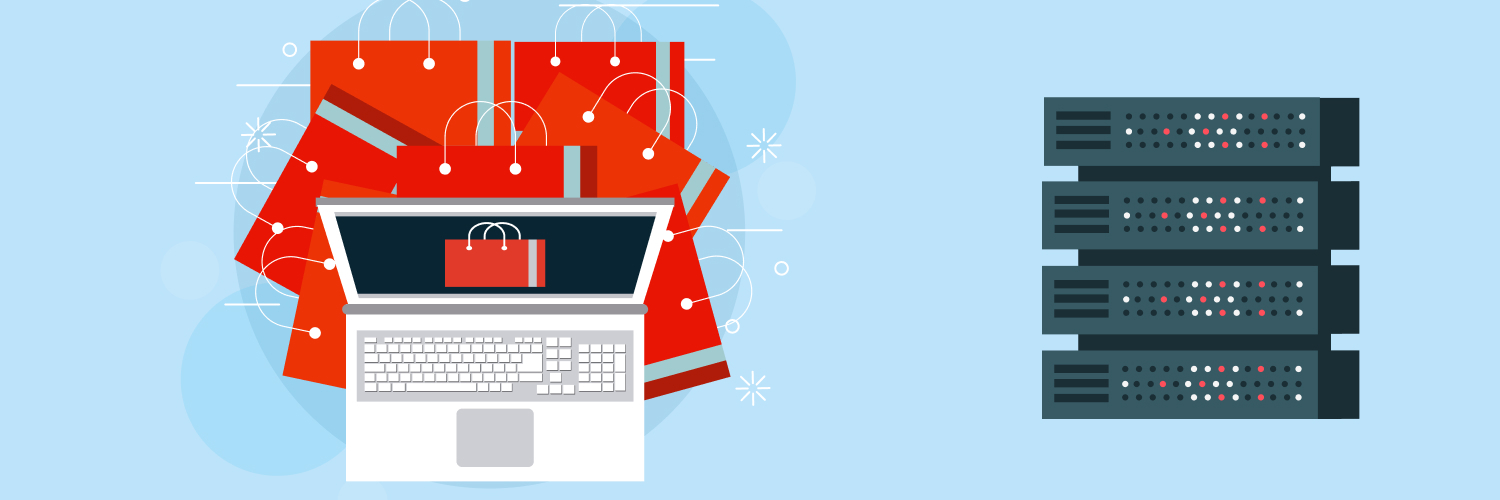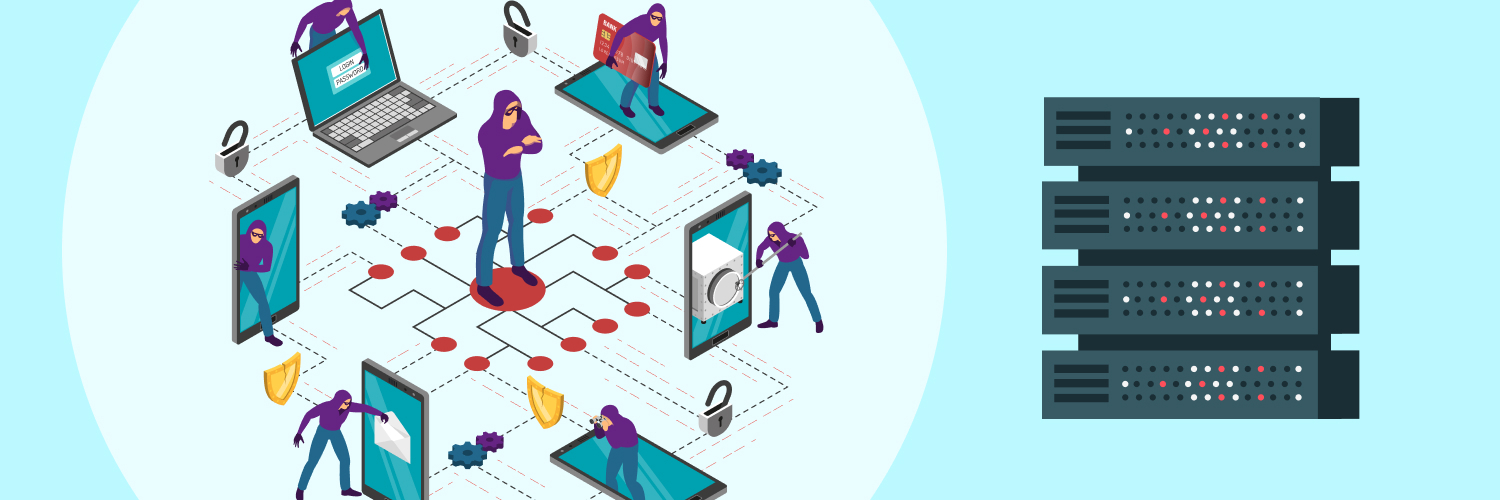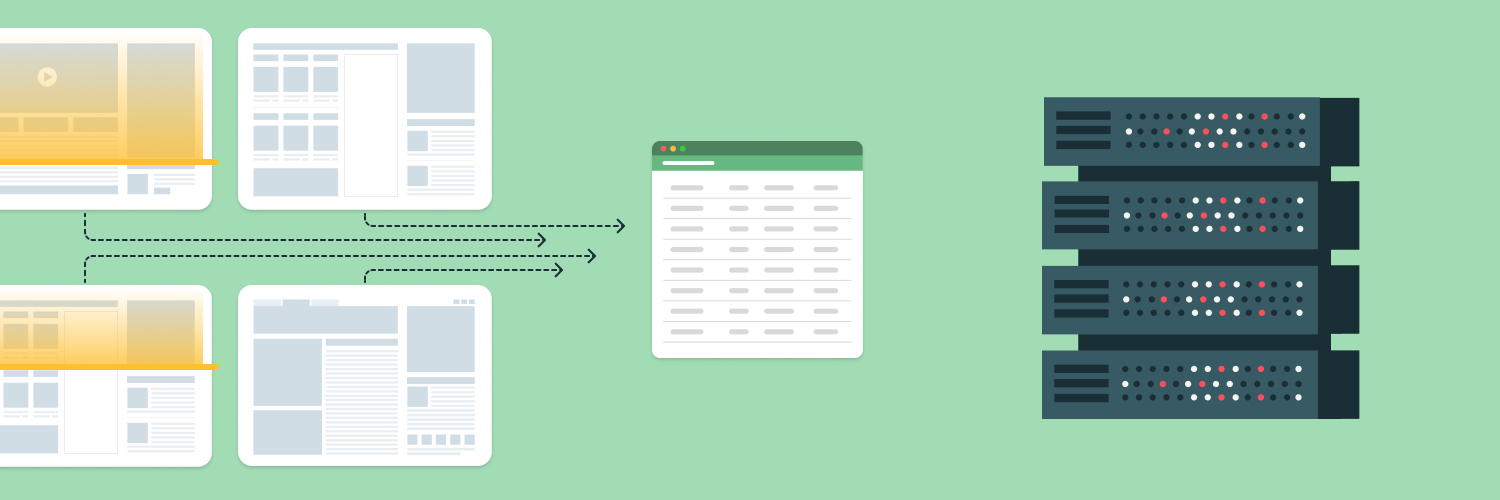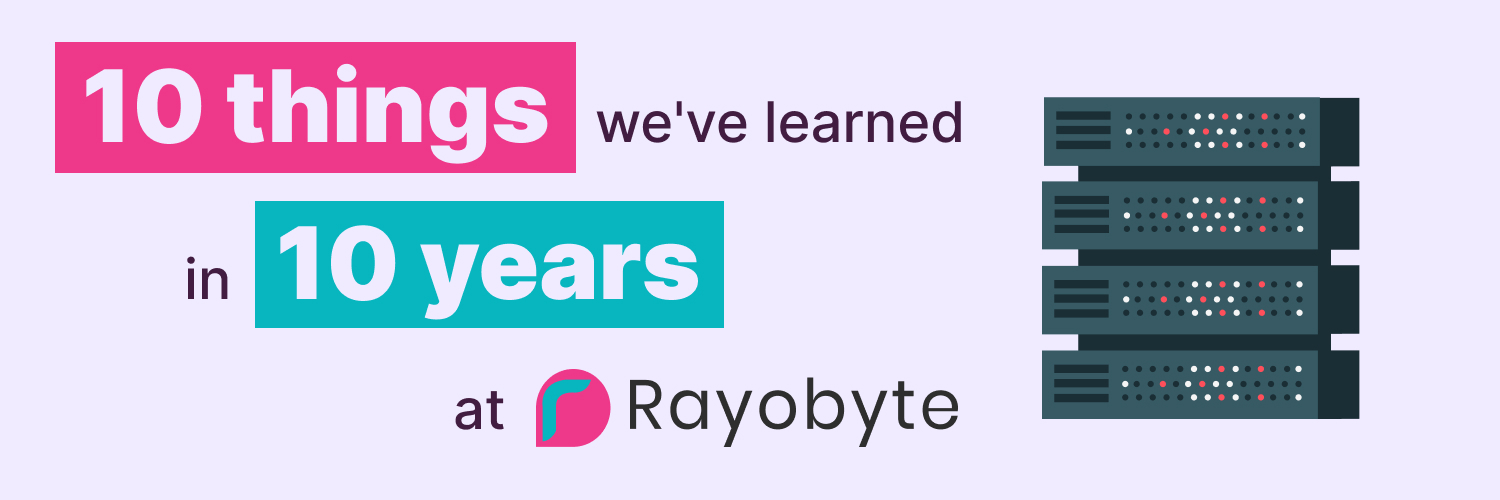Best Web Scraping Tools for 2025
Web scraping is one of the most important ways to capture valuable business insights, customer information, and competitor data, as it allows you to gather information from websites in real-time. When you automate it using the best web scraper tool, you enhance your business outcome. In short, web scraping is an essential process, and with the best tool, you capture more information faster and with ease.
Looking For Proxies?
Residential, datacenter, mobile… we’ve got everything you need!

We’re going to reveal the best-automated web scraping tools for 2025 and why you should be using them. The key to remember is that there is not just one web scraping tool that fits every situation perfectly. You need and will benefit from choosing a web scraping tool that’s robust for your specific needs. Let’s explore the best web scraper tool and other options available to you now.
Start with the Basics: What Is a Web Scraping Tool

A web scraper or web scraping tool is an application you create that can extract data from a website. You can then use that data to achieve various goals you set in advance, such as price monitoring or picking up reviews online about your business (or the competitor). The data is exported into a form you can use, such as put into a spreadsheet or database.
There are many web scraping tools available today, and many of them have specific use cases. Others are more robust and can do more of what you need with ease. The bottom line is there is not just one “best website scraper tool” out there. There are dozens of options that could be helpful depending on your specific needs and objectives.
Still, there are some standout options that make web scraping easier to do and more efficient overall. There are various types of web scrapers to consider, including:
- A self-built web scraper – one you design from the ground up by writing code
- A browser extension tool designed for the browser you are using
- A user interface tool that is a bit more in-depth
- A cloud-based web scraper tool that is already built for you
Now, before we can showcase the best web scraper tool, we need to talk about how to choose the right tool for your needs. Not every tool is best for every project, and it is likely then that you will use more than one tool over time to achieve a variety of objectives.
How to Choose the Best Web Scraper Tool

When choosing automated web scraping tools, there are a variety of factors to keep in mind. The following are some of the most important components for web scraping tools to have based on your objectives:
- What type of data are you capturing? The type of data you plan to scrape will determine which scraping tool you use. Options include XML, JSON, or HTML.
- What method will you use to export that information? Consider the retrieval method for the data. Most often, raw data can be manipulated as you need to. Parsed or pre-processed information are options.
- How often do you plan to use web scraping? The best web scraper tool is one that can handle the amount of work you need to do. Some are simply better for larger data sets than others are.
- How complex are the sites you’re scraping? If you are scraping data from a website that uses significant amounts of JavaScript, such as requiring human-like interactions, you certainly will benefit from web scraping tools that can capture content on dynamic sites.
- What types of obstacles are going to make it challenging? Always focus on the complexity of the project. If you need to get around CAPTCHAs, you need a tool robust enough to do that well.
With this information in mind, we can begin to examine the best data scraping tools available. Depending on your objectives, any of these will be beneficial.
What Is the Best Web Scraper Tool?

Let’s break down the best website scraper tool and then go over the top for various needs and goals.
Scrapy: Scrapy is an excellent Python-based web scraper. It provides a number of core benefits. When you dive into our web scraping with Scrapy tutorial, you will see exactly how organized and efficient it can be. Scraping is an open-source framework built specifically for crawling and scraping websites for data extraction. You will need to use Python to use Scrapy.
Pros:
- It is an effective high-speed crawling and scraping tool. You will find it hard to find something that can operate at a faster level.
- Scrapy does a great job of providing you with ease of use, even for large amounts of data acquisition.
- It is a more efficient process, meaning it is not going to use a lot of your network resources to complete these tasks.
- It’s smooth and simple to use. Compared to some other products, Scrapy’s ease of use is hard to overlook.
Cons:
- It does not handle dynamic content, which is becoming a bigger problem for many companies as more sites move to complex structures.
- There is a somewhat steep learning curve if you do not have any experience with using data extraction or writing code.
- There’s also no browser interaction present, which makes it less effective for automation.
Tools like Scrapy are fantastic because they work well with Python, a computer language you may already know and are using. They are flexible and able to handle large-scale content with a customizable scraping project.
Best use cases for Scrapy:
- Data research
- E-commerce data
- Competitor analysis
- Inventory information
Beautiful Soup: The next tool to consider for web scraping is the use of Beautiful Soup. It is not so much its own tool but a library that you can use to scrape information and resources online. The data is accessible to the tool if it sits on top of HTML or XML parsers. Beautiful Soup is a rather simple and straightforward tool that uses tags, text content, and attributes to navigate and search the HTML tree. To see how it works, read our guide on Parsing HTML with Beautiful Soup.
Pros:
- Beautiful Soup is a good option for those looking for a direct tool that is easier to do. It is beginner-friendly, meaning you do not have as much of a learning curve as you would with other tools.
- It is open-source and free to use. That makes it the perfect choice for various applications or just starting out.
- It is not difficult to implement it. You will not have to take too many steps to put your tools in place.
- To a degree, it is flexible in terms of parsing options.
Cons:
- There are various dependencies you must take into consideration when using Beautiful Soup for web scraping.
- There are limitations when it comes to scaling the use, and if you expect your projects to grow, this can be a problem.
- There is limited proxy support.
Beautiful Soup is an excellent option when you are looking for simple and lightweight HTML parsing. There are a variety of tasks it can help you with, and in most situations, it is a simple, straightforward solution.
Best use cases for Beautiful Soup:
- Capturing headlines for websites
- Extracting data from HTML tables
- Scraping consumer information
- Gathering data from product descriptions
Selenium: The next of the best website scraper tool options is Selenium. It is also an open-source framework. It has tools that make it ideal for web testing and automation, especially if you want to see how your site performs across various browsers or devices. It also supports numerous programming languages, which makes it beneficial overall for those who need variety or have a specific product they like. It can interact with browsers and web elements, which will allow it to perform better overall. Read our guide on how to use Selenium for web scraping as your first step. Then, consider these pros and cons.
Pros:
- Selenium does a great job with browser interactions and automation. If you are looking for the best in automated web scraping tools, this is a solid starting point.
- It handles dynamic web pages with ease. In many ways, this is becoming a crucial component to web scraping today since websites are so much more complex than they used to be.’ It provides cross-browser and device support. It allows you to use various browsers based on the tasks you are engaging in.
- It is moderately easy to use. There is some learning to do, especially if you are new to web scraping.
Cons:
- It is not as fast as other tools. That’s because it has to navigate those dynamic pages, and it needs to do so around various limitations on those sites. This can slow the process down considerably.
- It uses significant resources. This can be a significant drawback to some applications and uses. If you do not want to use a lot of your network resources, choose another option.
- It does not scale as well as other types of web scrapers will, which means if you plan to build your web scraping over time, this can be a bit more challenging.
There are plenty of reasons to use Selenium, and from our perspective, it is often the better option for website scaping for dynamic and interactive web content. That’s because it does a better job of scraping by simulating human behavior.
Best use cases for Selenium:
- It is an excellent choice for testing
- Use it to train machine learning models
- Gather consumer sentiment analysis
- Monitor financial data
- Job market analysis and job lead management
- Market research
Looking For Proxies?
Residential, datacenter, mobile… we’ve got everything you need!

Puppeteer: Another of the best data scraping tools for automation and dynamic websites is Pupetteer. It is a Node.js library for the most part. It is ideal for creating automated testing environments. It was designed by Google as a way to provide high-level API control for Chrome. However, what makes it ideal for web scraping is that it is super effective at navigating dynamic websites. You can use it to help you navigate around websites that have a lot of JavaScript on them. Check out our Puppeteer Tutorial to help you get started.
Pros:
- Puppeteer is an excellent choice for its ability to control Chrome, which is one of the most important browsers used today.
- It is not as dependent on other tools to handle the process.
- It can capture dynamic website content because it can handle more intense tasks when navigating pages that require more in-depth information.
Cons:
- You can only use it for JavaScript. That makes it a good option for various reasons, but it has some limitations if you are looking for other types of language support.
- It only works with Chrome. Yes, that works well in most cases, but it can be a stumbling block in other situations.
Puppeteer is an excellent choice for interactive web scraping because it simulates user behavior so well. We encourage you to try it out for day-to-day interactions and projects over time.
Best use cases for Puppeteer:
- Any website that requires scrolling or clicking buttons
- Capturing user information
- Navigating social media sites
- Capturing review information
Octoparse: Another of the must-have tools today is one designed for those who do not want to code or do not know how to do so. Octoparse is a no-coding solution for web scraping. In short, it applies a drag-and-drop method for setting up your web scraper tool and then performs the work for you. It works very well as an AI web scraping assistant when you need fast and reliable information and do not want to write code to get it.
Pros:
- Octoparse does not require code. This is the biggest and best reason to use this tool over others. You can extract information without having to know how to write code.
- The interface is very easy to use, which makes it a solid option for those who want a simple tool to set up and manage their web scraping.
- It has automation capabilities, including cloud-based scraping and scheduling. This can save you time.
Cons:
- It is only a Windows desktop application. That means it could be limiting if you are using it for other needs.
- There is a learning curve. It may be easy to use, but there are steps you’ll need to take to actually use it efficiently.
We like Octoparse because it offers a no-code option that can really propel you if you are just starting the process of capturing information online. It does offer a robust free program, which can be a good starting point.
Best use cases for Octoparse:
- E-commerce optimization
- Content aggregation
- Job lead data
- Hotel and travel data monitoring
- Consultancy services
- Keyword research
ParseHub: Though a bit less well-known, ParseHub should be on your list of options if you are looking for a no-code solution. It works to extract data from websites without any real limitations in terms of writing code. It is a very modern and versatile web scraping tool. You can use it for a variety of applications and needs, but it’s also a bit more intense to learn.
Pros:
- ParseHub offers a wide range of benefits, but the fact that it is a no-coding option makes it the best choice for various applications.
- It can handle numerous projects at one time. That could help you scale your application.
- It is easy to use overall. You may not find it hard to learn even if you do not have a lot of experience with using web scraping tools.
Cons:
- There are not a lot of customization options available. You will need to stick with what is offered.
- There is a free version, but it can be limiting in terms of meeting project objectives and goals.
We like ParseHub because it is a user-friendly option that does not have a steep learning curve related to learning code.
Best use cases for ParseHub:
- Market research
- SEO tracking and monitoring of your competitors
- Data enrichment, including replacing old data with new
The Importance of The Best Web Scraper Tool and Proxies

No matter which is the best website scraper tool for your needs, there is one big thing you need to consider: how to protect your private information. With any of these automated web scraping tools, you can and should use a proxy service. A proxy will help protect your IP address when using these tools to capture information. This means the websites cannot see that you are pulling data from them from the same location over and over again.
When you combine the best data scraping tools with a proxy service like Rayobyte, you get consistent access to the information and data you need. You minimize the risk of bans and enhance the overall efficiency of the work you are doing. This makes each one of these tools beneficial for competitor analysis, research projects with data collection, or e-commerce marketing. Get started now. Learn how Rayobyte can work for you.
The information contained within this article, including information posted by official staff, guest-submitted material, message board postings, or other third-party material is presented solely for the purposes of education and furtherance of the knowledge of the reader. All trademarks used in this publication are hereby acknowledged as the property of their respective owners.



